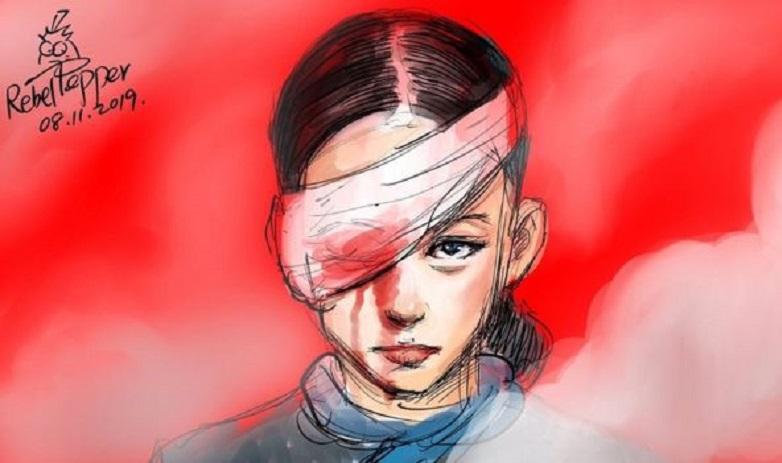2019 was a year of mass protests around the world. From Hong Kong to Chile to Iran, Lebanon, Iraq, Catalonia, Bolivia, Ecuador, and Colombia, etc., thousands of angry people took to the streets this year.
They had different demands, methods, and causes – inequality, injustice or political dissent. Although thousands of kilometers separated these protesters, they drew inspiration from each other and exchanged ideas on modes of protest. Some of these protesters – although they have never been leaders – have become symbols of dissent in their country. Some of them are now known worldwide.
Who are they?
1. Chile: Daniela Carrasco alias La Mimo
Daniela Carrasco, nicknamed La Mimo, was a 36-year-old artist and activist who participated in protests in Chile. Her lifeless body was found hanged at the fence of a park on October 20. Chilean women’s associations and bloggers said she was arrested by police in her country, claiming that La Mimo had been raped and tortured as a warning to other women who participated in the protests.
The circumstances of her death remain an enigma – her family has asked for privacy, and there has been no official response from the authorities. Her death is currently under investigation and much speculation, particularly in the media. With thousands of messages on Twitter, Instagram, and other social networks. She has become an icon among women who take part in demonstrations in Turkey, Barcelona, and elsewhere in the world.
2. Iraq: Safaa Al-Saray
Safaa Al-Saray was a 26-year-old engineer. He was also a poet and activist who used social media to raise awareness about civil rights in Iraq. On his blog, he wrote about youth unemployment. Safaa Al-Saray participated in anti-corruption protests in 2011, 2013 and 2015.
In October 2019, he received a tear gas canister in the head while participating in an anti-government demonstration. He died of his injuries shortly after.
3. Hong Kong: volunteer doctor
The drawing of the Chinese cartoonist and dissident Wang Liming, representing a young woman hit by a police bullet, has become the symbol of the demonstrations in Hong Kong. The expression “eye for an eye” took on a literal meaning after the clashes of August 11 between the police and the demonstrators, in Kowloon, in Hong Kong, when a bullet from the police struck a young woman.
The victim – who is allegedly a volunteer doctor – was injured after the projectile punctured his safety glasses. After pictures of the woman lying on the ground – the blood flowing from her right eye – were released, her name went around the country. Her face, the wound with it, quickly became the symbol of the demonstrations whose organizers denounce the increasingly brutal methods of the Hong Kong authorities.
4. Colombia: Dilan Cruz
Dilan Cruz was an 18-year-old Colombian student. He was killed in November after being shot in the head by riot police just days before he finished high school. Friends said he wanted to study business administration and was looking for a scholarship.
Dilan Cruz was killed when he took part in a protest march in Bogota, the Colombian capital, to discuss the difficulties of access to higher education for some students. His death sparked outrage and sparked new protests. Protesters protested what they saw as a brutal reaction from the police.
5. Lebanon: Alaa Abu Fakher
Alaa Abou Fakhr was a 38-year-old civil servant. Living in the Lebanese capital, Beirut, he was a member of the Progressive Socialist Party. He was shot dead by a Lebanese soldier on November 12, a month after the start of peaceful anti-government protests in which he participated, in protest against corruption in Lebanon.
Although he was the second person to die in the protests, how he was killed – the army fired live ammunition to disperse people around a roadblock – sparked outrage. The images of his shooting quickly went viral on social media. The demonstrators gave him the posthumous nickname of the “First martyr of the revolution”.
